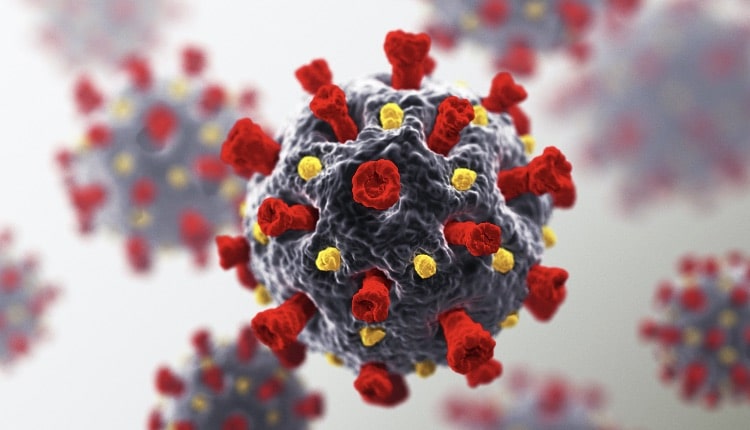 BlackJack3D / E+
BlackJack3D / E+
Impact of COVID-19 on Dentistry Could Be Far-Reaching
The novel coronavirus pandemic has changed the landscape of our lives for the time being. But what is the overall impact of COVID-19 on 21st-century dentistry?
The world has weathered a succession of pandemics in the past 20 years alone. The latest, SARS-CoV2, which causes COVID-19, is a highly contagious novel coronavirus that has, as of this writing, claimed more than 180,000 lives in the United States. As there is no cure, until a vaccine is developed, mitigation is our only defense, in the form of masks, social distancing, hand hygiene, testing and tracing, and quarantine.
RECOMMENDED STRATEGIES
The most recent guidance from the American Dental Association in conjunction with the US Centers for Disease Control and Prevention calls for the use of masks, goggles, face shields, disposable shoe covers, surgical caps, and long-sleeve gowns. Also recommended is the use of rubber dams, high-velocity suction, and hand instrumentation vs ultrasonic scaling, leaving more time between patients and screening them prior to treatment.
Encouraging patients to use antimicrobial mouthrinses prior to beginning treatment can help reduce viral load present in saliva. Additionally, while there is not a definitive body of evidence proving efficacy, the CDC asserts that rinsing with a chlorhexidine formulation before treatment may also reduce viral load.
Transmission may also occur through surface contact. Cleaning and sterilizing protocols involving agents such as 0.1% sodium hypochlorite and 62% to 71% ethanol significantly reduce coronavirus infectivity on surfaces.
Efforts must also be made to mitigate the psychological cost of the pandemic. People are scared. In fact, the authors report that dental schools in the US are seeing increased anxiety in students, faculty, and patients as they adjust to new methodologies.
Pandemic-related changes are designed to increase safety during the pandemic. But could they become the standard of practice?
LONG-TERM IMPACTS
A recent review, published in Brazilian Oral Research, examines how this pandemic affects oral health care, and how dental office protocols are changing in response.1 The authors note that pandemics tend to have transformative effects. For instance, it wasn’t until the onset of the acquired immunodeficiency syndrome epidemic that personal protective equipment (PPE) became widely accepted in dental offices.
Likewise, COVID-19 is raising awareness of the potential hazards of dental aerosols, due to the fact that coronavirus is primarily transmitted via respiratory droplets or aerosols after an infected person coughs, sneezes—or even breathes. And it can remain viable for up to 3 hours.
It seems likely that measures such as additional PPE, emphasis on individual treatment rooms when possible, enhanced sanitizing protocols, addition of HEPA air filtration systems, high-volume evacuation, and tools such as teledentistry may become dental practice fixtures over the long term. As a result, treatment costs may rise.
The authors conclude that the best opportunity to address pandemic challenges lies in collaboration. Dental schools, regulatory boards, scientific associations, government authorities, and public and private health care services must combine their efforts to ensure the safety and well-being of practitioners and patients alike.
Reference
- Mattos FF, Pordeus IA. COVID-19: a new turning point for dental practice. Braz Oral Res. 2020;34:e085.

